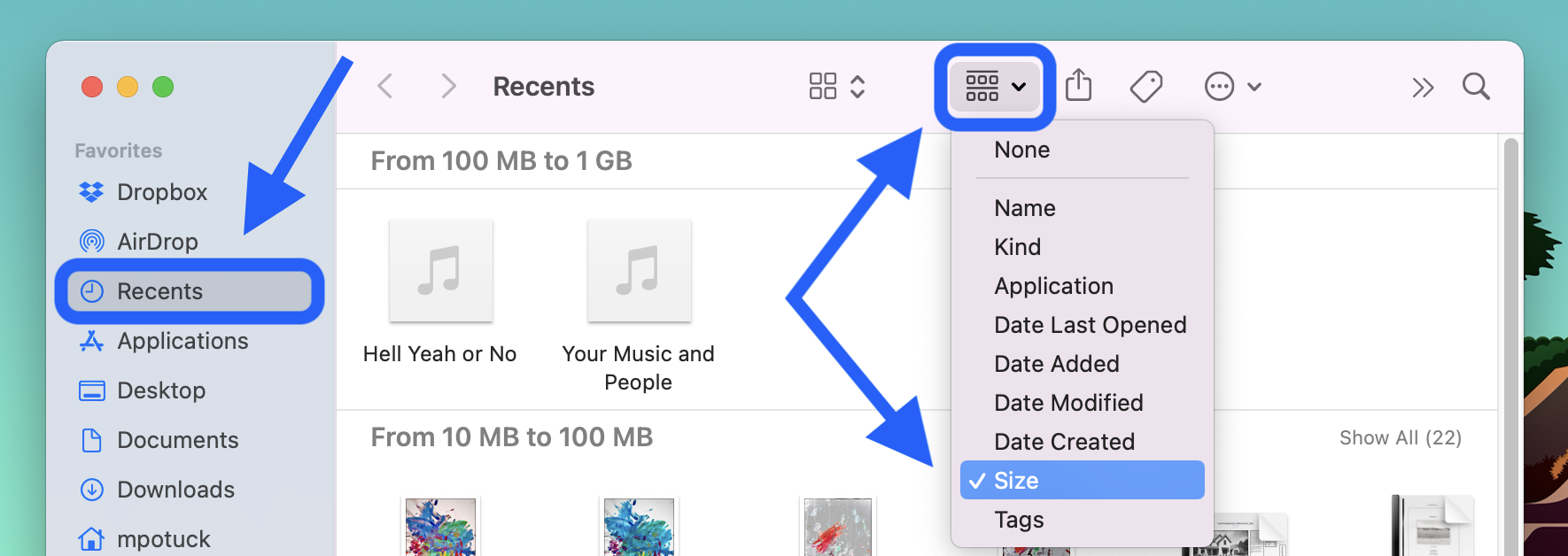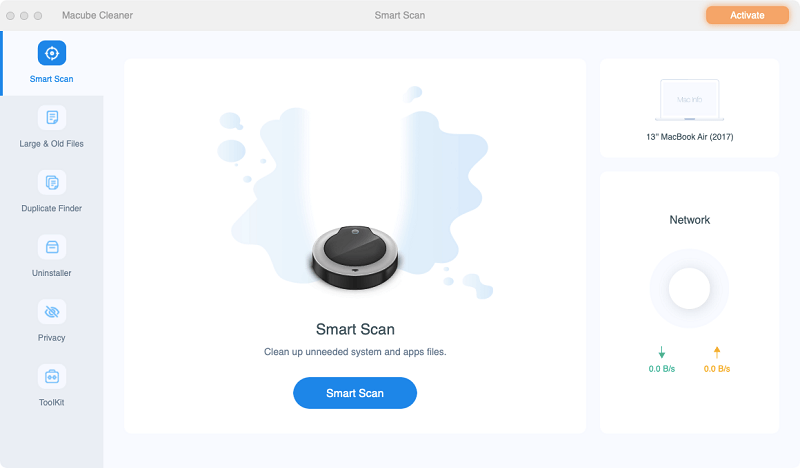

- #Macos system storage size how to
- #Macos system storage size download
- #Macos system storage size mac
Manually remove Time Machine backupsĪside from using CleanMyMac X, one of the most straightforward ways to clear System Data on a Mac is to get rid of Time Machine backups.

In other words, you have many options for freeing up space at your disposal. If you use Photoshop or other media editor you’ll see the option to delete Document Versions - intermediate edits of your files. That will help you to clear System Data storage on Mac.Īs you can see from the screenshot, the app offers to remove my Unused Disk Images (the remains of DMG installers), broken downloads, old app updates.
#Macos system storage size download
If you want to give it a go, you can download a free version of CleanMyMac X here. Or you can choose which ones you want to get rid of and remove just those. This handy utility scans your Mac and identifies things like temporary files, translation files in apps, broken preferences files, old updates, and system cache files that are no longer needed. It has lots of tools for clearing out junk files, but for our purposes, there’s one that really helps: System Junk. My favourite tool for clearing unnecessary system junk from my Mac is CleanMyMac X. Not knowing what files are included in System Data storage makes finding them tricky. Apple doesn’t explain what comprises this category of storage, but it’s likely that the following are part of it: Much of the storage space used by the OS for system-related tasks is cleared when macOS deletes the files automatically, but sometimes that doesn’t happen, which is why the System Data category can grow very large.
#Macos system storage size how to
Later in this article, we're going to explain how to remove Time Machine backups. If you're having a lot of your space allocated for System Data, you may have Time Machine snapshots stored on your Mac. If System Data is taking up too much disk space on your Mac, explore those two folders and see what's stored in them. MacOS System Data is mainly stored in both the System and Library folders. But sometimes they don't, and when they accumulate, Mac System Data may grow bigger. Some of the temporary files generated by your apps and macOS usually get deleted automatically. What to do when Mac System Data grows too large


It also contains other items like disk images, archives, plugins, extensions, and everything else that doesn’t fit into the macOS category. Part of this storage includes application leftovers, temporary files, and old cache. There is also a macOS storage tab, which contains all macOS-related files and data. The Other storage has disappeared, but instead, a new System Data tab appeared. What is System Data on Mac?Īpple has made some changes in the storage categories with the recent macOS update. What is it and how do you clear it? Read on and find out. One thing you’ll have noticed is that colored bar labeled ‘System Data’. And so, if you have an SSD, you probably spend a lot of time checking the Storage tab in About this Mac. This can be a problem if you have a large collection of photos or music files, or if you use your Mac to edit video. Solid-state drive (SSD) is fantastically fast, but its high cost means that Macs with built-in SSD startup drives have a much lower capacity than their hard disk-based counterparts. But to help you do it all by yourself, we’ve gathered our best ideas and solutions below.įeatures described in this article refer to the MacPaw site version of CleanMyMac X. So here's a tip for you: Download CleanMyMac to quickly solve some of the issues mentioned in this article.


 0 kommentar(er)
0 kommentar(er)
